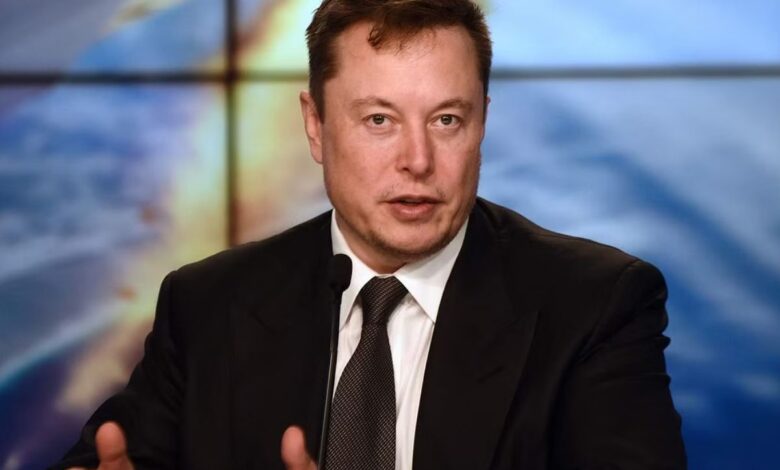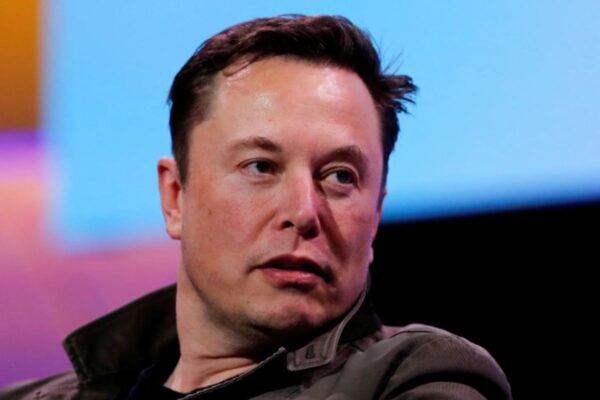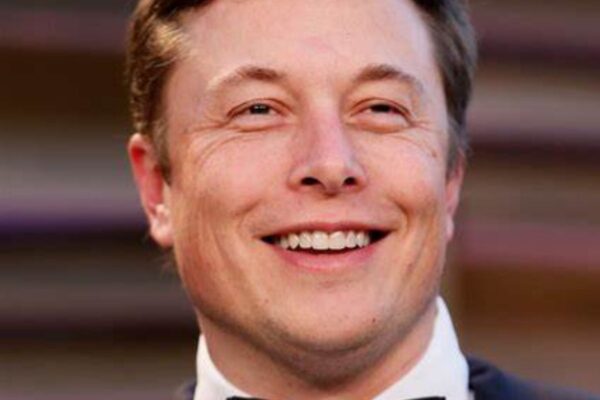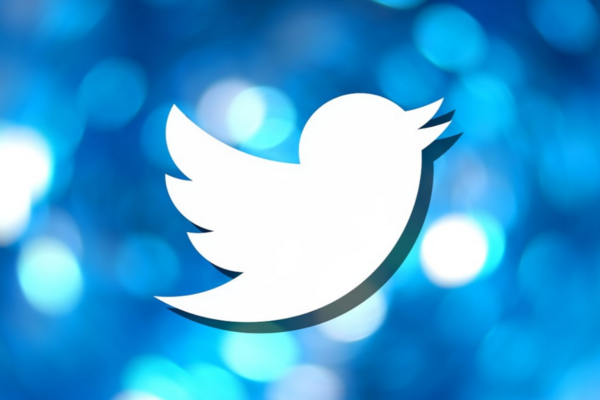Elon Musk used graphs to show that signups and active minutes are at an all time high in his business talk on Twitter 2.0

Elon Musk used graphs to show that signups and active minutes are at an all-time high in his business talk on Twitter 2.0.
Elon Musk argued on Saturday that as he continues to push out his 2.0 version of the platform, signups and active minutes on Twitter are at an all-time high.
Musk posted some slides that he said were taken from a speech he gave to the Twitter staff. His idea for Twitter 2.0, which he refers to in his slides as “Twitter 2.0,” was detailed in the graphs as well as other features.
According to charts given by Musk, as of November 16, there were 2 million signups per day on average over the course of seven days, an increase of 66% from the same week last year. A seven-day average of 8 billion user active minutes each day was acquired, a 30% increase from the previous year.
According to the slides, which quoted internal business statistics, both numbers represented new highs. Hate speech impressions emerged to be slightly lower than they had been a year earlier, despite having peaked around the time Musk took over the company, according to another graph Musk shared.

Previous reports declared that hate speech and racial slurs increased immediately following the revolution. Additionally, Musk’s plans for Twitter 2.0 were outlined in the presentations, including “advertising as entertainment,” encrypted direct messages, and long-form tweets.
According to a graph, reported impersonations on Twitter sharply rose around the time of the $8 blue check mark, or Twitter Blue’s launch, before declining to a level more in line with the same period last year.
Plans to “relaunch Blue Verified” were stated in the presentations. This service was discontinued because blue check accounts impersonated well-known brands and individuals and harassed them.
According to the slides, Twitter is hiring amid a wave of huge layoffs and resignations that changed the makeup of the company’s personnel. Requests for response and further information about the company talk Musk argued the slides were used for were not answered by Musk or Twitter.
Since seizing control of the social networking platform on October 27, the entrepreneur behind Tesla and SpaceX has greatly changed it. He already told some information about his “very hardline” idea for Twitter 2.0, according to Insider’s Kali Hays.

How many employees ought Elon Musk to let go?
This question is important right now because it speaks to the wave of layoffs now affecting Silicon Valley and the tech industry as a whole, in addition to Elon and Twitter.
While eliminating 50% of a company’s employment during a recession makes it reasonable, it also begs the question of how so many employees were hired in the first place. What did every one of them do? And going back to the original query, how many are actually required?
Starting with Twitter, whose statistics are genuinely astounding, As you’ve probably read, Elon took over Twitter last month with 7,500 employees, and he fired nearly half of them right away. After a few weeks, he reportedly asked the remaining employees to either commit to being “hardcore” or quit.
As a result, about 1,000 people are said to have quit, leaving Twitter with 2,700 staff members, according to the Verge. All of this has led many to forecast that Twitter will soon crash. It hasn’t thus far.
Although I’m not a huge admirer of Elon’s managerial style, which occurs to be in part about channelling his inner 13-year-old kid, it does make you wonder: if the neighbourhood dairy fired half its employees, I bet some customers wouldn’t be getting milk the following day.

Chad Hurley, a co-founder of YouTube and a PayPal mafioso alongside Elon Musk, tweeted during Musk’s bloodletting: “I don’t know who needs to hear this but Craigslist has been running for the last 20+ years with a crew of 50 people.”
True, but the comparison is apples to oranges. Compared to Twitter, Craigslist is smaller and shows fewer features. Hurley’s tweet does, however, allude to Musk’s apparent query on Twitter, namely, “How much functionality do digital customers truly need?”
Let’s look at what’s happening at some other IT companies to aid with that. 11,000 Meta employees were just let go. 10,000 employees will reportedly be let go by Amazon.
Google may be the next business to announce layoffs, according to Allie Garfinkle, after activist investor Chris Hohn protested last week to Alphabet CEO Sundar Pichai that his “business has too many people.” Google is rumoured to be letting go of 10,000 employees.
With 164,000 employees, Apple, which let go of 100 recruiters in August, seems to be holding constant for the time being. According to Layoffs, over 137,000 tech workers have lost their jobs overall this year.
I would claim that although staff and marketing positions clearly accounted for the bulk of these losses, redundancies can occur in line operations. It’s no secret that some key technological work provides customers, businesses, or the economy with little to no value.
Consider all the product improvements and additional features that Google has introduced to Gmail and other products, only to make them more confusing rather than better. Hohn also points out in his letter to Pichai that Google’s ‘other bets’ businesses had collectively lost $17 billion.
According to Apple, configuring a brand-new iPhone used to require twenty minutes. It took a lot longer and I just got an iPhone 14. The phone still pokes and prompts me even after the initial setup. For instance, it notifies me that my iPad is still at home when I leave my flat. Is the extra time it takes to log in and register worth the benefit I now get from the new phone? In my opinion, no.
Then there are all of the features, programs, and products that you have never heard of because they were abandoned or silently killed off before they could enter the market.
I see the necessity for experimentation among engineers and product managers. Just the method, which encourages engineers to “disrupt,” “pivot,” “move fast and destroy things,” and “fail fast,” has gone too far in today’s highly empowered tech culture.
Because they are expensive and viewed as unneeded in a culture devoted to algorithms and software tools, Meta has shied away from employing customer care representatives.
What ambitious product manager or engineer would want to work in customer service when they could instead develop new features, goods, and services with little supervision or accountability?
In the end, though, I’m leery about significant layoffs. In actuality, practically all businesses have “too many employees.”
Yes, it is possible to fire 100 workers from a factory that employs 500, and private equity investors have made tens of billions of dollars in America doing just that. But what follows?
To me, Musk’s extreme employment cuts have the smell of Randism that has been overdone. Every generation creates business leaders with brilliant ideas who also disguise their power moves as economic revolutions, like Elon Musk.
But there is an ideal, always-changing amount of tech employment that fits somewhere between Elon’s Great Manism and Google’s other bets. Why not give that some more thought as well?




